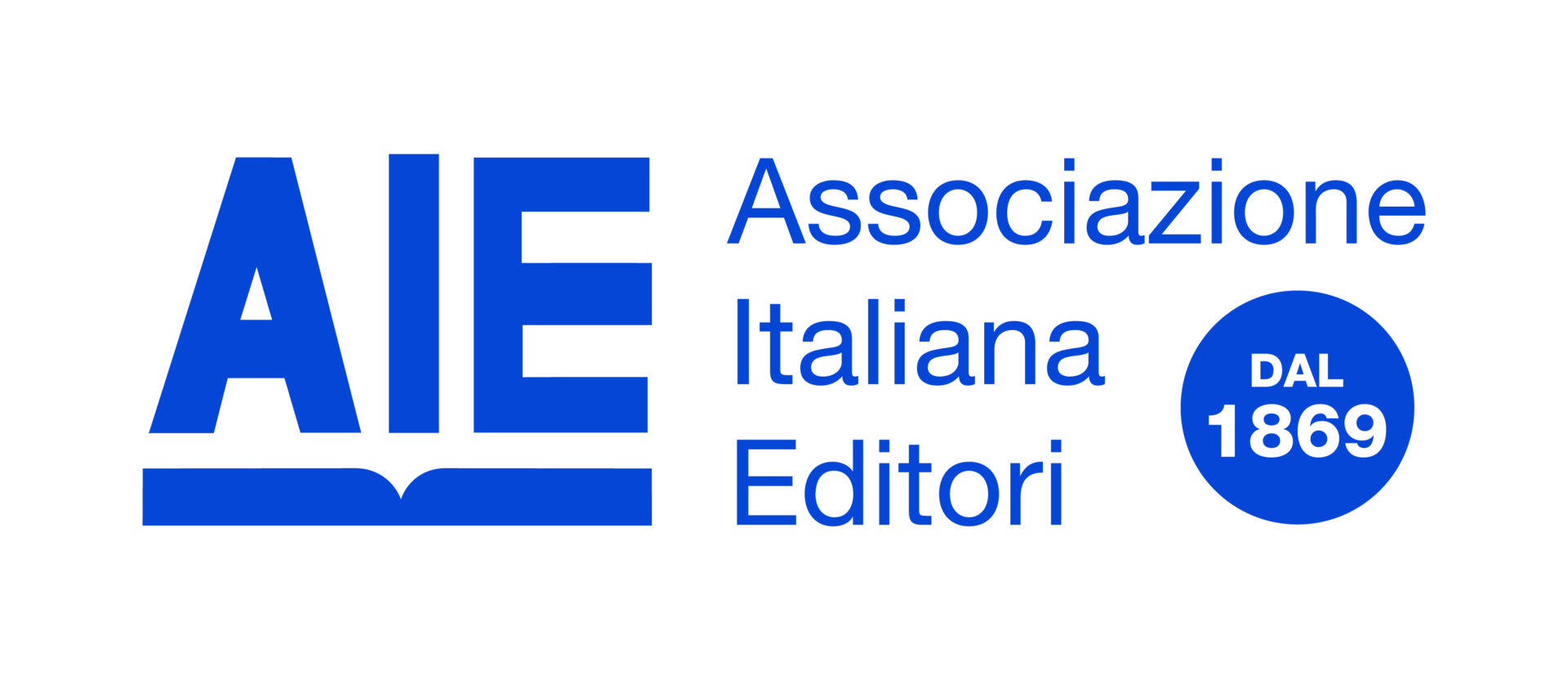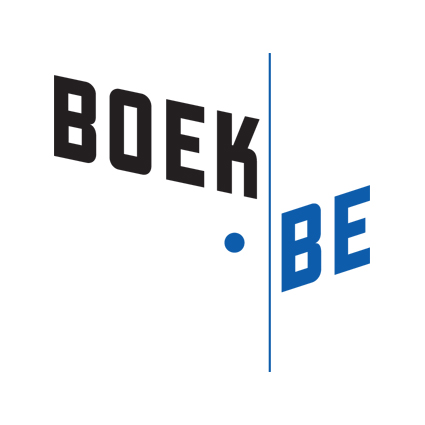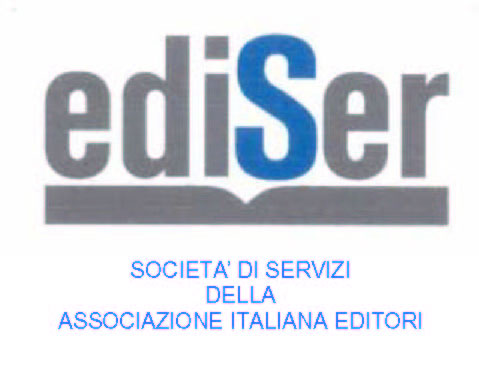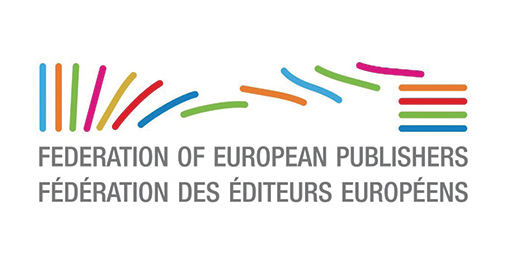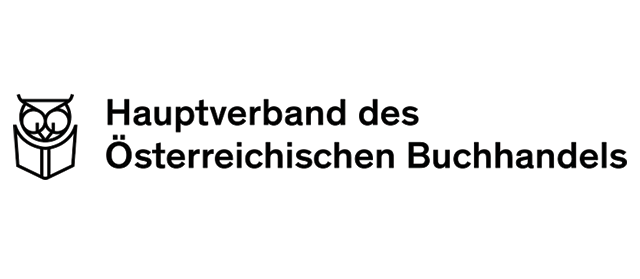Wouldn’t a tool capable of helping publishers understand readers’ habits and passions be the innovation that the book sector always dreamed of? Telling publishers what readers would want to see in their next books, which characters to expand upon… Horizon 2020 project Möbius, is not making publishers capable of reading minds, but it will give them a tool that will enhance their understanding of their customers’ preferences in a completely new way.
The Möbius team is in fact trying to close the gap between readers and publishers with the Möbius Prosumer Intelligence Toolkit, or PIT. The PIT is only one of the technological innovations that Möbius is developing, along with tools for writers and readers: the Möbius’ Creator and the Möbius Player.
In short, the Prosumer intelligence Toolkit is a dashboard that is capable of elaborating datasets from readers’ communities, allowing users to extrapolate key insights from their interactions with digital content. What distinguishes Möbius’ Intelligence Toolkit from similar tools, is that it focuses on readers as prosumers and not simply as consumers. Following a recent workshop held by FEP’s Enrico Turrin, IMEC’s Elias Blanckaert, and MWC’s Clara Pont at Readmagine 2023 in Madrid, this piece presents the PIT to the Aldus Up community.
What is the Prosumer Intelligence Toolkit? And what is a prosumer to begin with?
To develop the PIT, the Möbius team decided to work on a specific subset of readers, namely prosumers, to tap into a relatively unexploited source of knowledge for the book sector. The term “prosumer” was coined in 1980 by American futurist Alvin Toffler and became increasingly popular to describe a new paradigm in which users are not just passive consumers, but rather “individuals who consume and produce value, either for self-consumption or consumption by others, and can receive implicit or explicit incentives from organizations involved in the exchange” (Lang et al, 2020). In other words, prosumers engage with products by creating products themselves, adding value in a virtuous circle of enrichment. Prosumers’ activities might include commenting, writing reviews, creating fan art, etc. Similar activities might add value to the original products by acting as grassroots advertising, or by furthering the products’ enjoyment and therefore the rates of involvement by consumers old and new.
Traditional customer intelligence methods consider users solely as passive consumers that might buy or not buy products. Their methods are therefore designed to analyse behaviours and preferences solely to maximize sales. Consequently, they are unable to capture and boost the value created by users as producers. To give an example of such value for the publishing industry, suffices to think of the rag-to-riches story of Fifty Shades of Grey, by E.L. James. Originally a fanfiction of Stephenie Meyer’s Twilight, Fifty Shades of Grey became a massive best seller with more than 100 million copies sold worldwide. On a more down-to-earth scale, one can simply consider the role that word-of-mouth plays in making bestsellers on #BookTok or YouTube.
The Möbius team decided to focus on fanfiction writers and readers due to their historical connections with the publishing industry and the vast availability of data attached to their activities. That is, the Prosumer Intelligence Toolkit was created and is being tested studying prosumers that enjoy fanfictions and belong to fanfiction communities.
A fanfiction is an amateur work which expands on existing media, either by adding new scenarios, or new characters, or perhaps by combining different pre-existing IPs in original stories and universes. Fanfiction writers end up creating entire new “unofficial” canons, which might spread out in transmedia fan works: pictures, music, and even movies. Also, as we saw with Fifty Shades of Grey the relationship between traditional publishing and fanfiction is not completely unidirectional: fanfiction writers might be published “officially,” and their works be turned into commercial successes.
Fanfiction communities offer a sizeable sample of prosumers’ interactions and proved ideal to develop the architecture that became the core of the Möbius’ PIT, as thousands of stories, comments, and reactions are generated in these communities every day and attest to the prosumers’ passion for books and other media, leaving significant traces of their tastes and desires to be studied and understood by data scientists.
To build the PIT, and to showcase its functionalities, the Möbius’ team chose to use data gathered from one of the major existing fanfiction communities online, Archive of Our Own (AO3), due to the platform’s importance for prosumers and its accessibility to researchers. The Möbius’ team limited itself to data related to a selected number of IPs (or fandoms), and limited its data to a specific timeframe, in order to make the development of the PIT prototype more feasible. The current PIT prototype displays data relative to seven major fandoms, called collections: Marvel, Harry Potter, SherlockHolmes, Lord of the Rings, Percy Jackson, Twilight, and Warriors. However, once finalised, the PIT will be applicable to live data sets belonging to publishers’ workflows, including their fan communities (if any), allowing publishers to understand their audiences much better than before.
Therefore, users should keep in mind that the current iteration of the PIT uses categories coming from AO3’s sample dataset, and those are not set in stone; if implemented within a publisher’s workflow, the PIT will use categories belonging to the publisher’s datasets, corresponding to their owners’ requirements.

Möbius Prosumer Intelligence Toolkit – Landing Page
What would I see if I were to test the Toolkit now?
The current PIT is at the prototype stage and relies on a fixed dataset rather than real-time prosumer interactions. Also, its technical infrastructure is still in development and there are still different functions to be implemented before the nominal end of the project (February 2024). Thus the tool is not finished yet, and user’s engagement is key to develop it further. As a matter of fact, the Möbius team is always welcoming suggestions and comments by people interested in its innovations, so feel free to contact the team here. After this premise, we can begin!
Upon registration, will have access to the full functionalities of the prototype. What they will find is a powerful tool to navigate and visualise data associations. Using its current dataset, the PIT shows how AO3 users engage with specific IPs, and how they connect them in their productions: fanfictions and related comments. The PIT also shows which works, comments, authors (from the dataset) are the most or least successful in terms of clicks, likes, etc. Obviously, the PIT’s outputs depend on the datasets on which it is applied. For example, if used on proprietary IPs, it might be a tool for publishers to track how they are received, and to further develop them in response to said reception. Potentially, it might even be used to scout for well-liked prosumers as content creators. Of course, the impact of the PIT is directly proportional to the completeness of the dataset it is applied to.
The current version of the PIT presents two main sections: the first one – the Dashboard – gives a navigable overview of the whole dataset. The second one – Books – allows to navigate and visualise the performances of single entries from the dataset, in this case, the many fanfictions scraped from AO3.
![]()
Möbius Prosumer Intelligence Toolkit – Section selection bar
We’ll focus on the Dashboard first, and then move on to the Books section.
The Dashboard section of the PIT
The Dashboard shows several graphs that detail how data is structured and connected within a community, in this case for millions of entries. These are presented, according to their source, as Books (stories) and Comments to said “books.”

Möbius Prosumer Intelligence Toolkit – Dashboard, overall content trends
The rectangular boxes (above) show the distribution of content in time (Total, Books, and Comments). Several dedicated graphs (below) give a more detailed view on said content. It is important to remember that the categories featured on the PIT belong to the data uploaded to it, consequently these might change depending on which data the PIT is applied to. In this case for example the data is visualised (and searchable) by IP, characters, plot structure (as defined by AO3) and many other tags (metadata) belonging to the original website (languages, state of completion, etc.).

Möbius Prosumer Intelligence Toolkit – Dashboard, several content graphs
The graphs are responsive, and specific categories can be excluded from the visualisation with a click. This approach is combined with the powerful PIT search function, which is where the tool’s potential clearly shines. The function allows users to narrow down their dataset immediately, pinpointing exactly the status of the correlations they might be looking for, and it is key to a fruitful use of the PIT.

Möbius Prosumer Intelligence Toolkit – Search screen
Using the search tags and a search bar, PIT users can select specific collections, see which characters within them are more popular, or even visualise how different IPs relate with each other according to prosumers’ engagement. The search function can be repeated indefinitely on narrower and narrower results, meaning that users can repeatedly refine their queries with more stringent parameters to extract information from their data to the utmost level of precision. Obviously, the search tool applies equally to both fanfiction works and their related comments, and it shows its results in both cases in the form of graphs as the ones described before.
The main limit of this section of the PIT is that it only covers relationships among entries, and does not provide information from data on e.g., single stories. To extract this kind of information from our data searches, we need to move to the Books section of the PIT.
The Books section of the PIT
In the Books tab of the PIT, users can navigate information regarding specific stories and their authors. The Booksdashboard uses the same search engine (query and tag based) of the main dashboard; however, it also allows users to see works connected to specific authors, to rank works using different categories, and to evaluate their popularity via several metrics.
The ranking follows the categories fed to the PIT (in this case, AO3). Books are ranked by Bookmarks, Comments, and Kudos (the platform’s equivalent of likes), and they can be arranged in decreasing or increasing order for each of these categories.

Möbius Prosumer Intelligence Toolkit – Book dashboard screen – arranged by decreasing number of comments.
The highest value in each category sets the baseline for the presentation of the books’ popularity trends, namely how they fare compared to others in the same category. Thus, the number of comments for the most commented book is set at 100%, with other books’ values calculated proportionally. Users can thus easily compare different values associated with each item and visualise different information regarding prosumers’ activities, from most active writers, to most liked content, etc.

Möbius Prosumer Intelligence Toolkit – Book dashboard screen –categories.
By clicking on a single entry, it is possible to see the data associated with it as shown in the picture above: in this case characters tagged, the kind of plots, etc. In the picture below, we can see instead numeric values associated with each single entry, including number of chapters and words, hits, kudos (likes), bookmarks (by prosumers), and comments. The arrows immediately indicate how specific works fare compared to others: a downward arrow indicates below the average values; upwards, above. As with the main dashboard, searches can be reiterated indefinitely, allowing for easy data manipulation; for example, users can quickly see how entries from specific IPs fare, and then focus on specific characters pairings within such entries, or examine which plot structures are more common, and so on so forth.

Möbius Prosumer Intelligence Toolkit – Book dashboard screen –trends.
What is missing from the PIT?
The dashboard currently shows information on fixed data. However, once applied to real-time data feeds, it will provide live trend visualisation and other analyses will become available. The final goal of the PIT is to help publishers to understand users’ engagement as it happens.
However, the PIT prototype cannot visualise information on emotions associated with content. For example, in AO3 emotions are expressed primarily in comments, therefore they cannot be automatically identified and evaluated in a universally valid manner. Certain emotions might be appropriate (i.e., a form of positive feedback) for specific contents, but not for others, while being expressed by the same words: emotional language associated with a dramatic story might be different from that for a comedic story, etc. Consequently, it is almost impossible to turn such data into actionable knowledge by automation.
Lastly, the data does not allow to identify specific users on the source platform (AO3 in this case) and future applications of the PIT should equally follow all the legal requirements associated with data analytics to ensure the protection of consumers’ privacy.
Conclusions: and now?
So far, publishers’ reactions to the PIT have been mostly positive, with a degree of curiosity about its further developments: publishers taking part in tests voiced their observations and suggestion – finding the tool at times not very intuitive, but interested in its evolutions and applications. This was to be expected, as the inner workings of new disruptive tools are harder to convey to users more familiar with established technologies. It is therefore vital that publishers keep taking part in as many pilots, workshops, and tests to fine-tune the further iterations of the PIT to their requirements, also in terms of usability. Publishers keen on integrating data analysis in their workflow should keep an eye on Möbius’ calendar and subscribe to the project’s newsletter here to be kept in the loop on the PIT’s and the rest of Möbius’ tools’ development.
 By
By 




